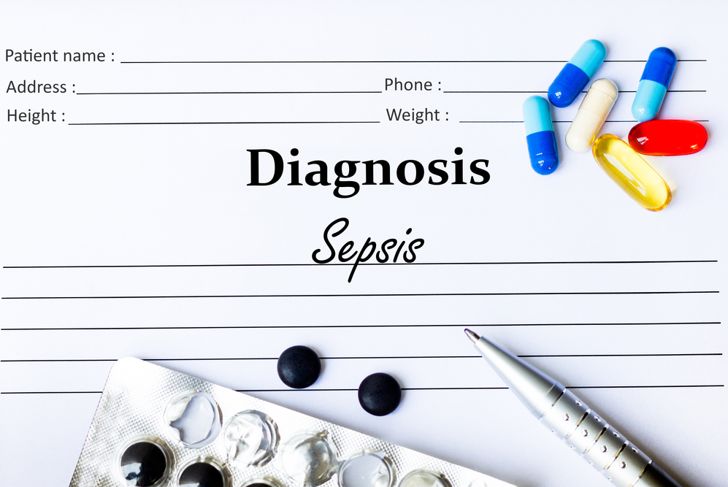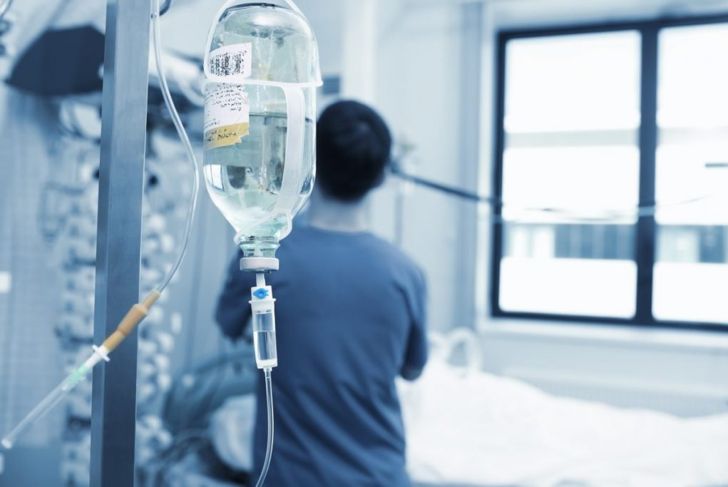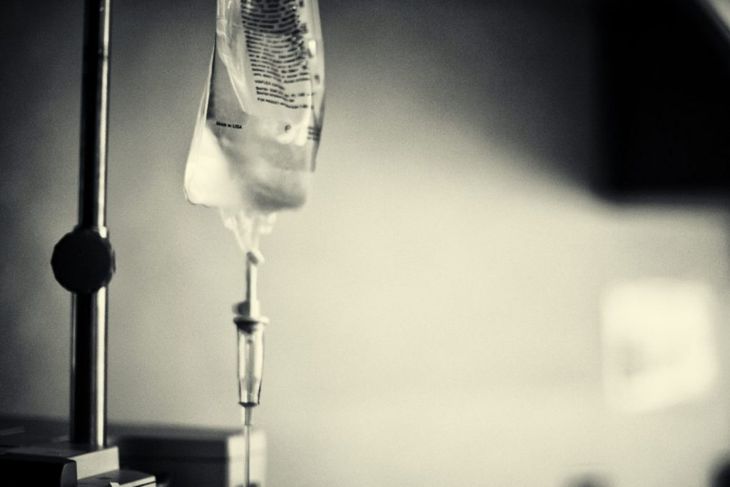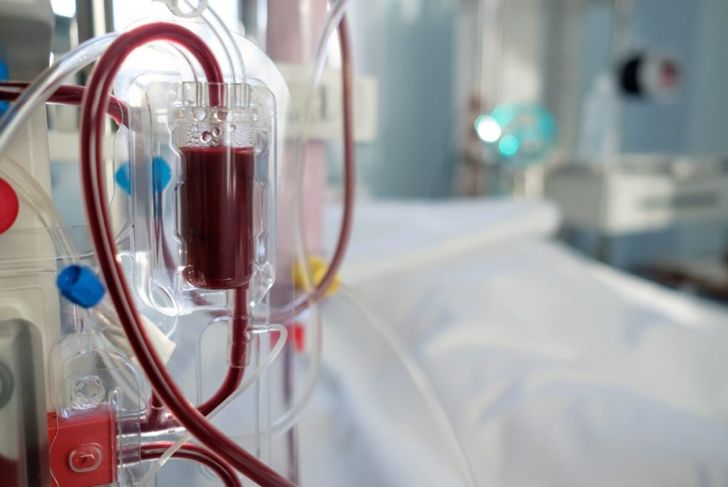Sepsis is a life-threatening emergency that is the body’s extreme response to an infection like pneumonia or bacteremia. If the body cannot successfully combat an infection, sepsis can trigger changes in the body that damage organs and tissues. In some cases, especially without timely treatment, it can lead to death. Treatments vary depending on the seriousness of the infection.
Locating the Source
Often, healthcare providers can determine what type of infection has led to sepsis, but not always. Most frequently, pneumonia, digestive systems infections, and urinary tract infections cause sepsis. If the source of the infection is unclear, physicians will attempt to find the root cause right away and treat the overall symptoms of sepsis.
Antibiotics
Doctors will treat sepsis by immediately delivering broad-spectrum antibiotics to patients, usually intravenously. As treatment progresses, healthcare providers will use the patients’ blood samples to better determine what types of bacteria are present; then, they can modify antibiotic administration to target those types.
Intravenous Fluids
A person who has sepsis is also likely to have electrolyte imbalances. Intravenous fluids help prevent the patient from suffering a dangerous drop in blood pressure. When the blood pressure drops too low, the individual is at risk of going into septic shock, a life-threatening complication. IV fluids can ensure the organs have the fluids they need to continue to function.
Vasopressor Medications
Monitoring a patient’s blood pressure is a cornerstone of sepsis care. Along with IV fluids and antibiotics, vasopressor medication can help elevate blood pressure, which can drop drastically in some cases. Vasopressors help widen the blood vessels so blood can flow more easily through the circulatory system.
Insulin and Glucose
During the treatment of sepsis, healthcare providers will often give patients intravenous insulin and glucose. Glucose control is important for stabilizing patients and maintaining that stability. Glycemic control plays an integral role in cases of severe sepsis. Even in less severe cases, it’s likely healthcare providers will examine patients’ insulin and glucose levels every four hours to catch and quickly address changes.
Corticosteroids
Many people benefit from corticosteroid treatment of sepsis. Medical researchers aren’t entirely sure why these drugs help but expect it is because they target inflammation throughout the body, which enhances the recovery process. On the other hand, corticosteroids don’t help everyone, and research is underway to determine the reasons behind this inconsistency.
Oxygen
Supportive care plays a major role in sepsis treatment. The body requires oxygen to function, and patients may require a breathing mask or nasal cannula to ensure they’re getting enough. In cases like pneumonia-triggered sepsis, where the individual is already having respiratory problems, oxygen is a must and doctors will closely monitor levels.
Mechanical Ventilation
Medical professionals may utilize mechanical ventilation in severe cases of sepsis or if the individual has gone into septic shock and can no longer breathe on their own. Mechanical ventilation is a form of life support that involves intubation. During this procedure, a surgeon inserts a tube attached to a ventilator into the patient’s trachea. The ventilator helps the individual breathe until they can perform this function on their own again.
Dialysis
Sepsis can dramatically affect the organs — damage to the kidneys prevents them from filtering out harmful toxins. Dialysis provides filtration when the kidneys cannot function optimally. As treatment enables them to resume their function, the patient may require gradually fewer dialysis sessions. On the other hand, some patients suffer kidney failure or permanent damage that necessitates long-term dialysis or transplant.
Surgical Intervention
Abscesses, infected tissues, and gangrene can lead to sepsis. Often, surgeons must remove these tissues. In some cases, surgery is minor and requires a simple incision to drain the pus from an abscess. If the issue is internal, doctors must resort to invasive surgeries. It’s not uncommon for patients with gastritis or a gastrointestinal perforation to require surgery to shore up the hole to treat sepsis and prevent it from recurring.

 Home
Home Health
Health Diet & Nutrition
Diet & Nutrition Living Well
Living Well More
More




















